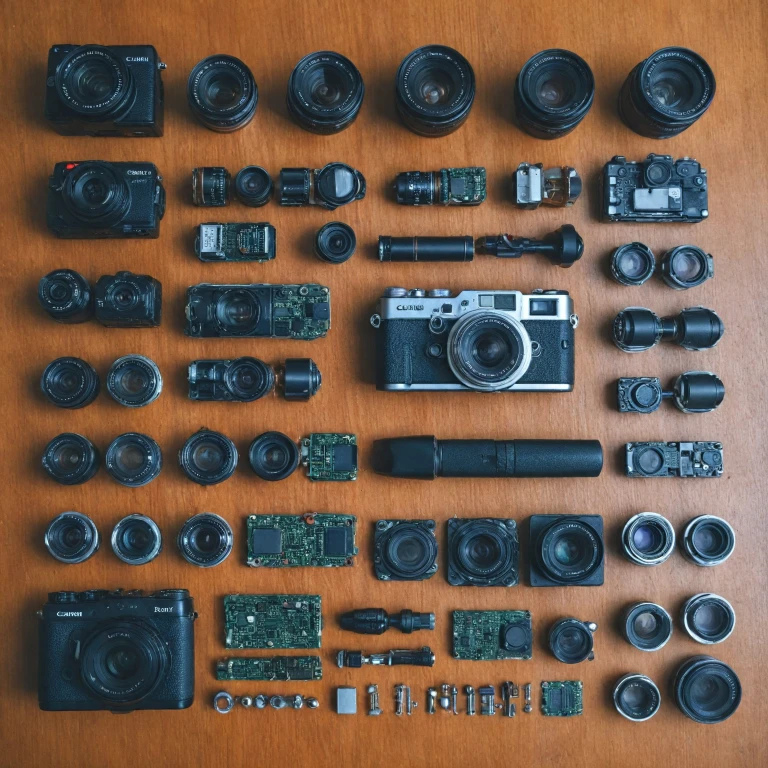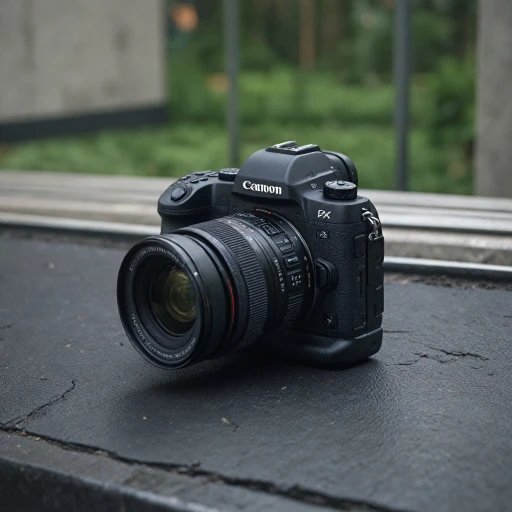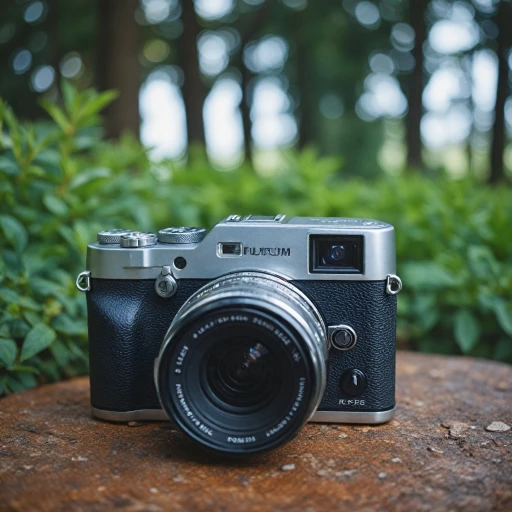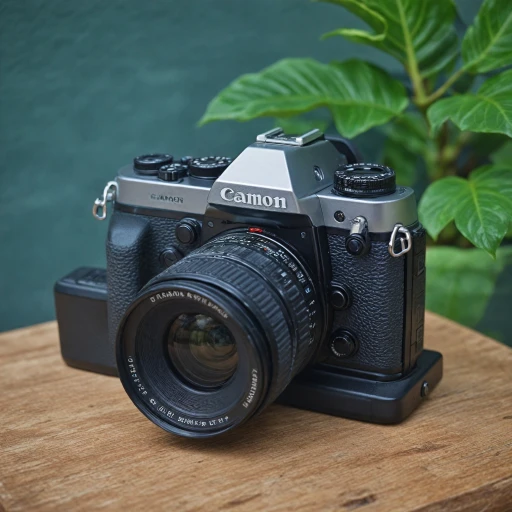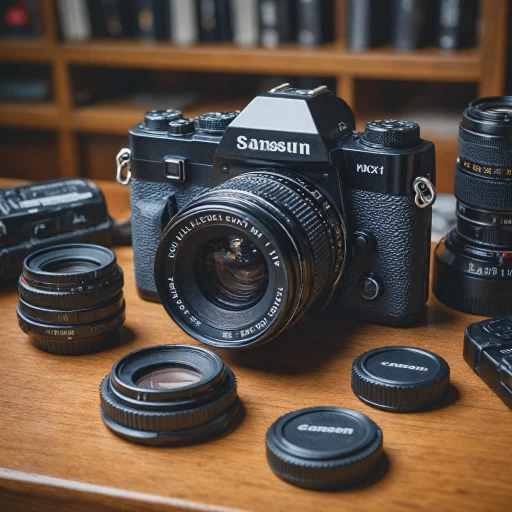
The Importance of a Service Manual
Why Service Manuals Matter for Camera Owners
Every Canon camera, whether it’s a basic point-and-shoot or a more sophisticated model, is a complex system comprising numerous components. Understanding how these parts work together is crucial for anyone considering performing any camera repair on their own. A comprehensive service manual serves as an indispensable resource, packed with exploded views and detailed instructions on a wide range of repair needs. It helps users identify and understand the function of each component listed in the parts catalog, from the canon lens and camera lenses to less visible items.
The Canon manuals are vital if you aim for an informed approach to repairs. These manuals provide precise diagrams and a well-structured parts list, ensuring you can identify the right canon camera parts to buy—preventing costly mistakes from incorrect part selection or misdiagnosis. Furthermore, they can assist in distinguishing between a fault that requires professional help or one that you can potentially manage yourself, which we'll explore in later sections.
Ensuring that each piece is correctly assembled post-repair is pivotal, especially if you're dealing with canon lenses or the finely tuned mechanisms of a camera mount. These repairs require exact alignment for optimum performance and to avoid long-term damage. Some items require special handling and familiarity with the detailed diagrams found in the catalog exploded views. This knowledge not only aids the repair process but also enhances one's understanding of canon speedlite attachments and other service repair nuances.
For those new to DIY repairs or seeking in-depth insight, a service manual is indispensable. For further reading on maintaining photography equipment, explore this guide on optimizing light seals, which complements maintenance efforts by ensuring that your camera operates at its best.
Navigating the Canon FL Service Manual
How to Use the Canon FL Service Manual
Understanding the nuances of a service manual is crucial for anyone looking to delve into camera repair. The Canon FL service manual proves to be a treasure trove of information, whether you're a digital camera enthusiast or a professional technician. Here's a guide to help you navigate its comprehensive content. The Canon manuals typically begin with an exploded view or catalog exploded, providing a detailed image of the camera structure. This visual guide is immensely helpful as it acts like a parts catalog, showcasing each component and its specific location within the camera. In the journey of exploring your digital camera internals, such as Canon lenses or a Canon speedlite, these manuals stand out as true allies. Each section of the manual canon is structured to cater to different aspects of camera repair. For those focusing on camera lenses, there's an impressive lenses canon parts list detailing every lens part, assisting in identifying what needs replacement or repair. Knowing the right parts or lens types makes adding to the cart seamless when dealing with a seller. Also, the manual canon doesn’t just stop there; it extends to cover the technicalities regarding shipping and delivery for parts and items crucial for repairs. Moreover, the manual highlights standard service times, ensuring you understand the factory guidelines and set realistic repair timelines. Navigating through the Canon FL manual efficiently can significantly enhance your knowledge and readiness in handling common repair issues. For anyone keen to master the intricacies of their Canon camera, thoroughly perusing the manual is highly recommended. For those interested in a deeper dive into camera-related intricacies, you can explore the exploration of Canon FD 20mm f2.8 on GFX cameras as it offers further valuable insights.Common Issues Addressed in the Canon FL Manual
Typical Challenges and Their Solutions
When diving into the Canon FL service manual, you'll find it addresses a variety of common issues that users might encounter with their digital cameras. These manuals are crucial for anyone looking to perform a service repair or simply understand their device better. Here’s a look at some of the frequent problems and how they are resolved according to the manual.
- Lens and Focus Issues: Problems with the lens, such as focus errors, are common. The manual provides detailed instructions on adjusting and repairing Canon lenses, including exploded views that help identify each part and its function.
- Camera Mount Problems: Issues with the camera mount can affect the stability and functionality of the camera. The service manual offers guidance on diagnosing and repairing mount issues, ensuring your camera remains secure.
- Power Supply and Battery Concerns: Power-related issues are frequent, and the manual includes troubleshooting steps for battery and power supply problems, helping you maintain optimal performance.
- Sensor and Image Quality: The manual also covers topics related to sensor maintenance and addressing image quality concerns, which are critical for achieving the best photographic results.
By understanding these common issues and their solutions, camera owners can better maintain their equipment, potentially saving on costly repairs or replacements. For those interested in further exploration of camera features and maintenance, consider checking out resources like the Fujifilm X-T30 blog post for additional insights.
Tools and Equipment Needed for DIY Repairs
Essential Tools for Successful Camera Repairs
When it comes to repairing your Canon camera, having the right tools and equipment is indispensable for ensuring a smooth process. The service manual provides comprehensive information on the parts and tools required for your specific camera model, aiding in the repair and maintenance efforts. To start with, a basic toolkit that's essential for camera repair includes:- Screwdrivers: A set of precision screwdrivers is necessary to access the delicate components of your camera. This tool will allow you to manage the tiny screws that secure the various camera parts.
- Tweezers: Useful for handling small screws and parts detailed in the manual, tweezers help in maintaining precision without causing any damage.
- Multimeter: For diagnosing electrical issues, a multimeter is a crucial tool. It helps in identifying potential problems with the camera's circuitry.
- Cleaning Brushes and Blowers: Maintaining cleanliness is key during any repair process, and these tools help in ensuring that dust doesn't compromise the integrity of camera components.
- Lens Cleaning Kit: Special attention is required for lens care, and a dedicated cleaning kit will assist in maintaining the quality of Canon lenses.
Safety Precautions and Best Practices
Essential Safety Practices for Camera Repair
When diving into any repair project involving your Canon camera, safety should always be a top priority. Accessing the service manual will guide you through procedures, but it’s crucial to adopt best practices to minimize risks. Here are some tried and tested safety measures recommended for any DIY repair involving camera lenses, mounts, or other intricate parts:- Disconnect Power Sources: Always power off your camera and disconnect any batteries or external power before initiating repairs. This can prevent electrical hazards and protect sensitive components.
- Use Appropriate Tools: Having the right tools is not just a matter of convenience, but also one of safety. This includes using precision screwdrivers, preferably those listed in the parts catalog or repair manual. Incorrect tools can cause damage to the camera parts or even result in injury.
- Work in a Clean Environment: Ensure your work area is free from dust and clutter. Even small particles can cause significant issues once they make their way into delicate components like lenses or the camera sensor.
- Handle with Care: Components such as the camera lens, canon speedlite, or any small parts cataloged in an exploded views diagram are fragile. Avoid exerting excessive force which might lead to disrepair.
- Refer to Manuals: Consistently overview the Canon manuals during the repair process. These provide detailed exploded views, item lists, and other instructions that are invaluable for avoiding accidents or mistakes.
- Protect Against Static Electricity: Static discharge can be detrimental to electronic components. Use anti-static mats or wristbands to reduce the risk of ESD (Electrostatic Discharge) damaging integral parts of your Canon camera.
When to Seek Professional Help
Identifying When It's Time to Call in the Experts
While the Canon FL service manual is a valuable resource for tackling a variety of repair tasks on your digital camera, there are instances when seeking professional assistance becomes necessary. Here are a few indicators that it's time to contact an expert:
- Complex Repairs: If the issue involves critical components of your Canon camera, such as the sensor or sophisticated electronics, it's best to leave it to professionals who have access to specialized tools and equipment that might not be listed in the manual.
- Warranty Concerns: Attempting DIY service during the warranty period can void your protection. Ensure you check the terms and conditions before proceeding with any repairs.
- Unavailable Parts: Sometimes, parts might not be available directly to consumers. Professional camera repair services often have access to a wider catalog exploded that includes Canon lenses and other essential components not readily found in typical retail channels.
- Recurrence of Issues: If despite following the outlined steps in the repair manual, problems persist or recur after your DIY attempt, it's an indicator that the problem may be more intricate than initially assessed.
Ultimately, recognizing the limits of DIY repairs is crucial to maintaining the health of your digital camera. Professional technicians bring a wealth of knowledge and experience, and sometimes the peace of mind they provide when tackling complex camera issues is well worth the investment. Always ensure that you seek out trustworthy repair services reputed for their delivery and reliable service.
